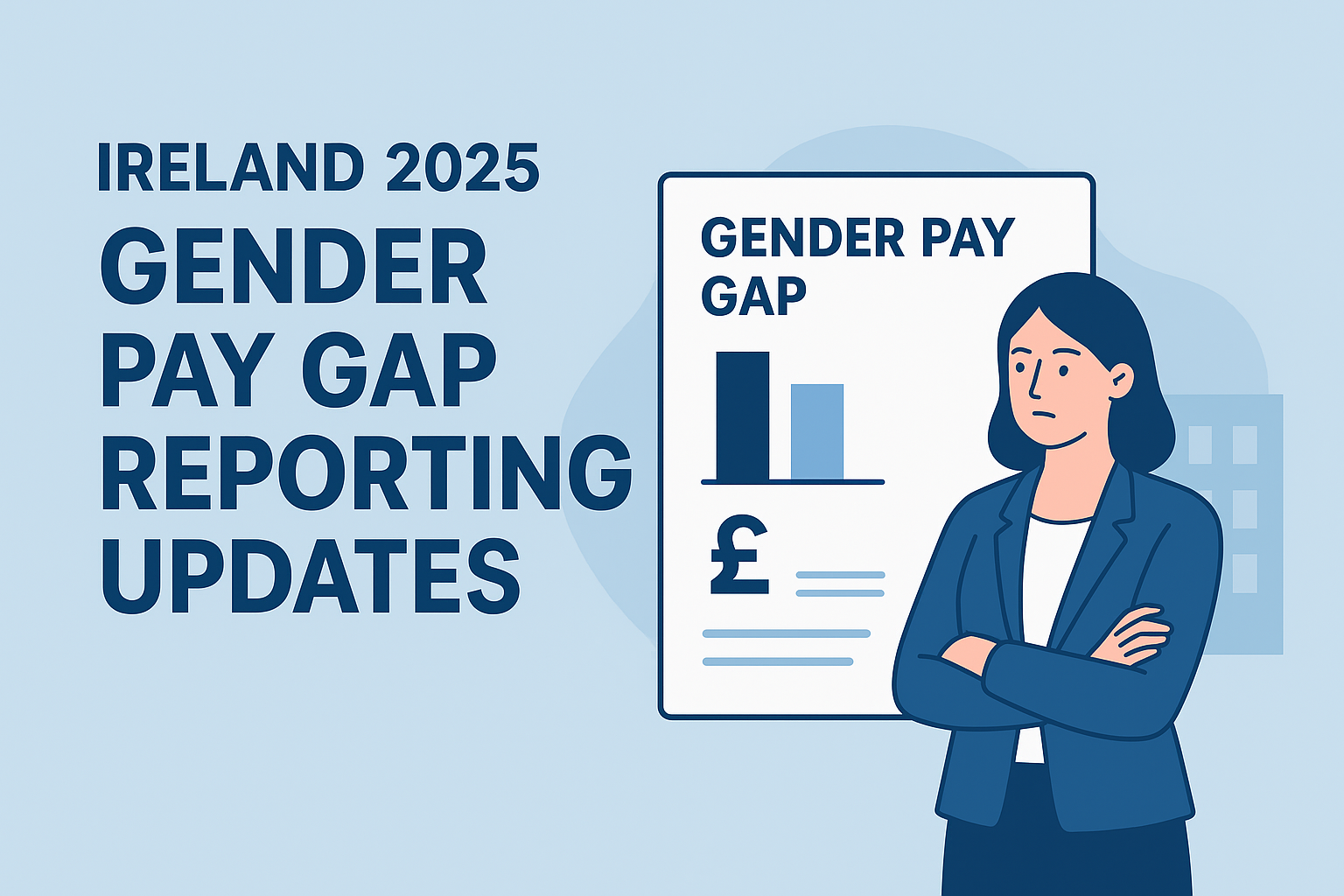Background
The recent notification by the Unite Trade Union supporting a mandate for industrial action including the full withdrawal of labour and the placing of pickets on those companies affiliated to the Mechanical Engineering & Building Contractors Association (MEBSCA), brought back into focus, the fact that industrial action, including strike action is not a thing of the past. This dispute is a stark reminder that the threat or actual withdrawal of labour remains a potent force in modern industrial relations. That said, all unions must adhere to the requirements set out in section 19 (2) of the 1990 Industrial Relations Act, which mandates certain requirements before industrial action can be deemed lawful. These legal stipulations were the focus of the recent Supreme Court case in H.A. O’Neil v Unite the Union and Others[1].
Before focusing on the O’Neil decision, it is timely to review the law relating to trade disputes in this jurisdiction. Whereas trade disputes are defined in the Industrial Relations Act 1946 as meaning “any dispute or difference between employers and workers or between workers connected with the employment or non-employment, or the terms of the employment, or with the conditions of employment, of any person,[2] the regulation of trade disputes is dealt with in the Industrial Relations Act 1990[3] (the “IR Act”).
The IR Act confers immunity on workers and their trade union representatives if they are acting “in contemplation or furtherance of a trade dispute”,[4] subject to a number of preconditions:
- The immunity only applies to members and official of authorised trade unions[5].
- If the dispute relates to an individual worker, any agreed procedures or those that arise by custom and practice must first be exhausted.[6] This could entail referral to the Workplace Relations Commission and/or Labour Court.
- If the industrial action is supported by an authorised trade union, a secret ballot[7] must be held and one weeks[8] notice of the industrial action given to the employer.
In relation to picketing the Act provides that it is lawful to picket, at or where this is not practicable, at the approaches to a place where their employer works or carries on business. Secondary picketing is also lawful if it is the reasonable belief of those in attendance that that employer has directly assisted their employer in frustrating the strike or industrial action. Section 19(2) provides further protection in that it is restricts the right of employers to be granted injunctions to restrain picketing.
Section 19(2) specifically provides that: “Where a secret ballot has been held in accordance with the rules of a trade union as provided for in section 14 , the outcome of which or, in the case of an aggregation of ballots, the outcome of the aggregated ballots, favours a strike or other industrial action and the trade union before engaging in the strike or other industrial action gives notice of not less than one week to the employer concerned of its intention to do so, a court shall not grant an injunction restraining the strike or other industrial action where the respondent establishes a fair case that he was acting in contemplation or furtherance of a trade dispute.”
Case Facts
In the case of H.A. O’Neil Limited v Unite the Union and Others, the company, a mechanical engineering firm servicing the construction industry, faced industrial action from Unite the Union, which represents workers in the mechanical engineering sector, including H.A. O’Neil employees. In February 2023, after balloting its members, the union served notice of industrial action, including strike action, to take place 10 days later. Since H.A. O’Neil operates from third-party sites, this action would have involved placing pickets at those locations. The company sought an interlocutory injunction from the High Court to prevent picketing at these third-party sites and requested additional ancillary orders. The High Court granted the injunction, but Unite appealed the decision directly to the Supreme Court.
Decision
The Supreme Court overturned the High Court’s decision, ruling that Section 19 (2) of IR Act provides an absolute bar to granting injunctions against lawful industrial action, emphasizing the constitutional right to association and collective action.
The injunction was lifted, reinforcing the union’s right to engage in industrial action once they follow the correct legal procedures.
Spotlight for Employers
The ruling underscores that when unions follow the correct legal procedures (such as holding a secret ballot and providing proper notice), courts have very limited power to grant injunctions against industrial action. This strengthens the legal protection for union-led strikes, making it more difficult for employers to disrupt or prevent such actions through legal avenues.
The decision highlights the constitutional right to form unions and engage in industrial action, establishing these rights as fundamental and deserving of strong protection. The Court emphasised that “the right to form unions would be of little benefit if the activities of the union and its members were to be regarded as presumptively unlawful” and that the IR Act “should not, therefore, be read narrowly or restrictively, but should be interpreted to give effect to the protection of unions and their members, which the Acts were clearly intended to provide.”
Prior to this ruling, employers might have found it easier to obtain interlocutory injunctions to halt strikes, particularly by citing potential business disruption or breaches of contractual clauses such as “no strike” agreements. Following this decision, the threshold for obtaining such injunctions is significantly higher, making it more challenging for employers to block industrial action.
Employers may need to adjust their legal strategies when addressing industrial disputes. With the option of seeking injunctions now less effective, there may be a greater need to focus on negotiation, mediation, or alternative dispute resolution mechanisms. In fact, this may have been the original intent of the legislation.
The ruling also clarifies that “no strike” clauses in agreements do not necessarily override the protections granted to unions under Section 19(2) of the IR Act. This diminishes the effectiveness of such clauses as a tool for employers to prevent strikes. While many previous central pay agreements and some Sectoral Employment Orders (SEOs) contained “no strike” clauses, the Court confirmed that the presence of such a clause does not prevent employees from participating in the required secret ballot, nor does it eliminate the possibility of a trade dispute.
The Normal Injunction Criteria
Injunctions are essentially court orders requiring parties to act or refrain from specific activities. The usual criteria for granting an injunction are: (1) there is a fair question to be tried; (2) the balance of convenience or justice favours granting the injunction; and (3) damages would not be an adequate remedy. In reviewing this case, the Supreme Court noted that even if Section 19(2) of the IR Act did not bar the granting of an interlocutory injunction, an injunction should not have been granted based on these normal criteria. Traditionally, courts have favoured employers in such injunctions, citing potential business disruption and the inadequacy of damages as reasons to issue orders.
However, the Supreme Court emphasised the importance of employees being allowed to engage in industrial action and the loss they would suffer if wrongfully restrained. The Court stated, “the loss of that opportunity to exercise a lawful entitlement when one chooses to do so is, at the level of principle, precisely the type of loss which cannot be compensated for by the award of monetary damages, or indeed, even assessed in monetary terms.” The Court further noted that delaying the right to engage in industrial action may undermine its practical value. The Court concluded that the balance of convenience did not favour granting the injunction[9].
On what grounds might an interlocutory injunction be granted in the event of Industrial Action?
This leaves the question; are there circumstances where an interlocutory injunction might still be granted? It appears there are three potential grounds under which an injunction might be granted, even while satisfying the requirements of Section 19(2):
- Where there is a registered Employment Agreement, Section 8 (3) (d) of the Industrial Relations (Amendment) Act 2015 gives statutory effect to the non-application of Section 19 (2) by requiring that an agreement, if it is to be registered must provide that …….. “if a trade dispute occurs between workers to whom the agreement relates and their employers, industrial action or a lock-out should not take place until the dispute has been submitted for settlement by negotiation in the manner specified in the Agreement”.
- Where it is contented that the secret ballot has not been held correctly.
- Where it is a dispute regarding one individual and the locally agreed procedures have not been fully exhausted.
Nevertheless, the normal injunction criteria must still be satisfied in all cases. Additionally, the Court referred to the NWL/Merck criteria, which require the court to assess the merits of each party’s case when considering an injunction application. This makes it even more difficult for employers to obtain injunctions, even if they successfully argue that Section 19(2) does not apply.
All told, it was already difficult for employers to obtain injunctions to restrain picketing. This decision whilst not quite putting the nail in that particular coffin, goes a long way towards it.
This article was written by Alastair Purdy S.C
[1] H. A. O’Neil Limited v Unite the Union and Ors [2024] IESC 8.
[2] Section 3 Industrial Relations Act 1946
[3] Section 19(2) Industrial Relations Act 1990
[4] Section 13 (1) Industrial Relations Act 1990
[5] Section 9 (1) Industrial Relations Act 1990
[6] Section 9 (2) Industrial Relations Act 1990
[7] Section 14 (1) Industrial Relations Act 1990
[8] Section 19 (2) Industrial Relations Act 1990
[9] Paragraph 72 O’Donnell CJ










